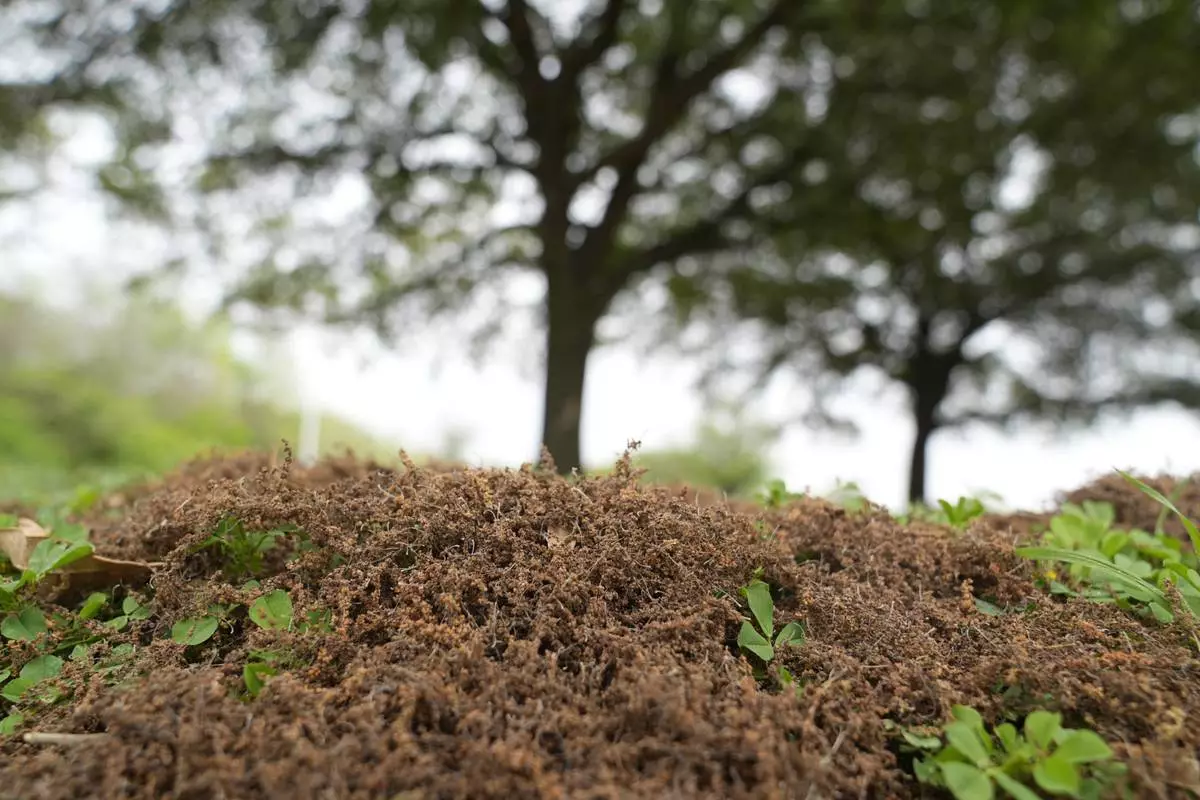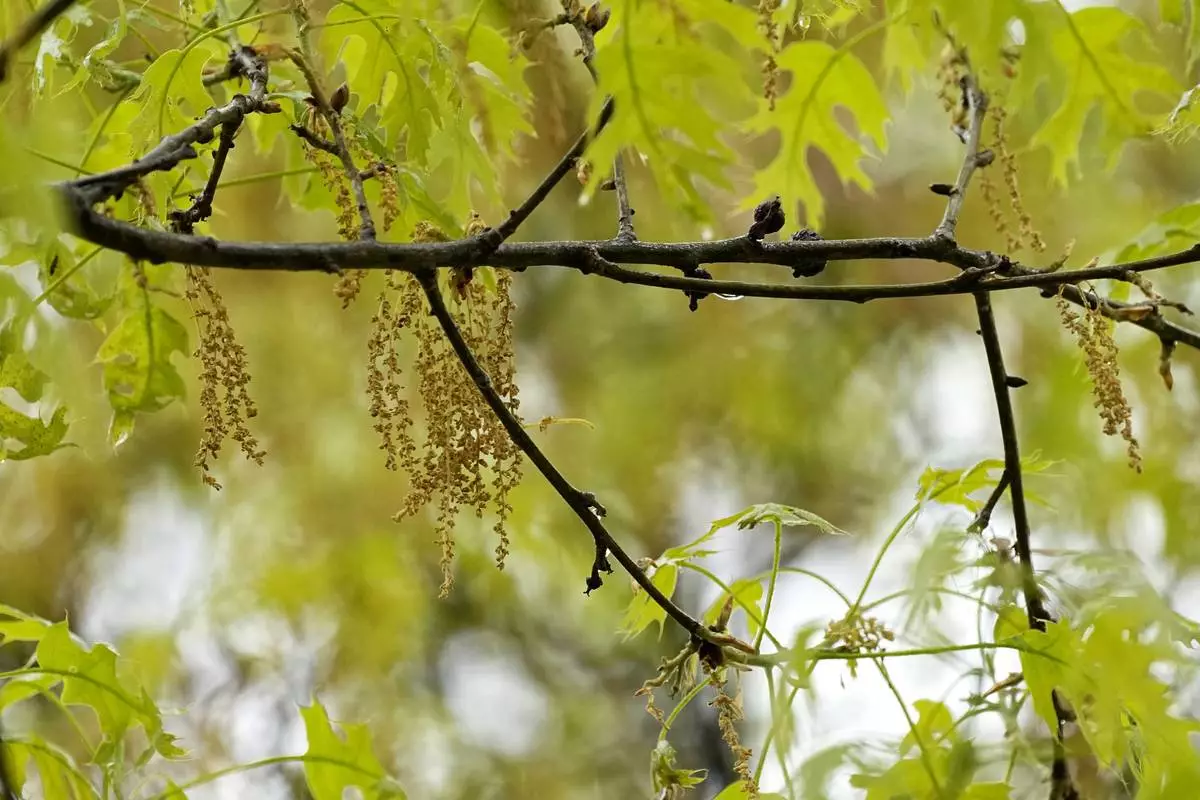The killer was saying Chinese but Chinese police said the video showing the shooting of an Asian black bear took place in Myanmar.

A video of a Putonghua-speaking man abusing and shooting an Asian black bear in a cage has gone viral on social platforms across China.
The brutal animal abuse shocks the internet and attracts attention from the Chinese police authority, which later confirmed that the incident happened in Myanmar.

The footage first shows an Asian black bear in a cage while a man was speaking behind the camera in Putonghua, telling the animal “to shut up and surrender.” As the camera shifts to feature the ground, there seems to be detached limbs of an Asian black bear on the floor. The next scene shows the man shooting the bear on its head with a rifle.

Asian black bear is China’s Category 2 national protected animal. The authority revealed that the incident happened in Myanmar but the identity of the suspect had not been confirmed yet.

Allergy season can bring misery to tens of millions of Americans each year.
Tree, grass, and other pollens can cause runny noses, itchy eyes, coughing and sneezing.
Where you live and what you're allergic to can make a big difference in how bad your allergies are, but there are many things you can do to feel better.
Here are some tips from experts to keep allergies at bay — maybe even enough to allow you to enjoy the outdoors.
There are three main types of pollen. Earlier in the spring, tree pollen is the main culprit. After that grasses pollinate, followed by weeds in the late summer and early fall.
Some of the most common tree pollens that cause allergies include birch, cedar, cottonwood, maple, elm, oak and walnut, according to the Asthma and Allergy Foundation of America. Grasses that cause symptoms include Bermuda, Johnson, rye and Kentucky bluegrass.
The best and first step to controlling allergies is avoiding exposure. That’s easier said than done when it's nice out.
Start with keeping your windows closed at home and in the car, avoiding going out when pollen counts are highest and changing clothes when you get home. The same masks that got us through the pandemic can protect you from allergies — though they won't help with eye symptoms.
Pollen trackers can help with planning. The American Academy of Allergy Asthma and Immunology tracks levels through a network of counting stations across the U.S. Counts are available at its website and via email.
You can't fight an enemy you don't know.
Since many Americans are allergic to several things at once, the first thing to figure out is what specifically you’re allergic to, said Dr. Nana Mireku, an allergist in the Dallas-Fort Worth area.
Over-the-counter nasal sprays can help relieve symptoms, but they take a while to kick in, so it’s best to start them in early in the season, said Dr. Rachna Shah, an allergist and director of the Loyola Medicine Allergy Count.
Antihistamines are another option. Shah said she’s seen some patients benefit from switching to a similar brand if one stops working, but said that there isn’t much broader data to back the recommendation.
For young children and people who have to take many different allergy medications, immunotherapies in the form of shots and oral drops can help desensitize the immune system to allergens, treating symptoms at their root.
The Asthma and Allergy Foundation of America issues an annual ranking of the most challenging cities to live in if you have allergies, based on over-the-counter medicine use, pollen counts and the number of available allergy specialists. This year, the top five were Wichita, Kansas; Virginia Beach, Virginia; Greenville, South Carolina; Dallas; and Oklahoma City.
If you've been thinking it started earlier and seems longer this year, you're on to something.
Shah usually starts looking at pollen counts in the Chicago area in April. But this year, she peeked at her data in mid-February, and tree pollen was already at a “moderate” level.
“This season has been so nuts,” she said. “Granted, it was a pretty mild winter, but I didn’t expect it to be so early.”
Shah said she believes this season will be longer than other years, assuming the weather remains warm.
Experts say climate change has led to longer and more intense allergy seasons.
The Associated Press Health and Science Department receives support from the Robert Wood Johnson Foundation. The AP is solely responsible for all content.

FILE - Tree pollen pods lay in a pile at a park in the Dallas suburb of Richardson, Texas, Thursday, March 21, 2024. The Asthma and Allergy Foundation of America issues an annual ranking of the most challenging cities to live in if you have allergies, based on over-the-counter medicine use, pollen counts and the number of available allergy specialists. In 2024, the top five were Wichita, Kansas; Virginia Beach, Virginia; Greenville, South Carolina; Dallas; and Oklahoma City. (AP Photo/LM Otero, File)

FILE - An oak tree with new leaf growth also shows pollen and a drop of water hanging among the branches at a park in Richardson, Texas, Thursday, March 21, 2024. There are three main types of pollen. Earlier in the spring, tree pollen is the main culprit. After that grasses pollinate, followed by weeds in the late summer and early fall. (AP Photo/Tony Gutierrez, File)















